
Written by Amy Elizabeth
I shoot film exclusively, so you already know I’m a glutton for punishment. But add in my love for the Diana Mini, an overpriced 35mm plastic camera that breaks a little too often, and you know I’m really crazy. But I truly do love it, and I’d love for you to fall in love with it, too.
(Find the Diana Mini on Amazon)
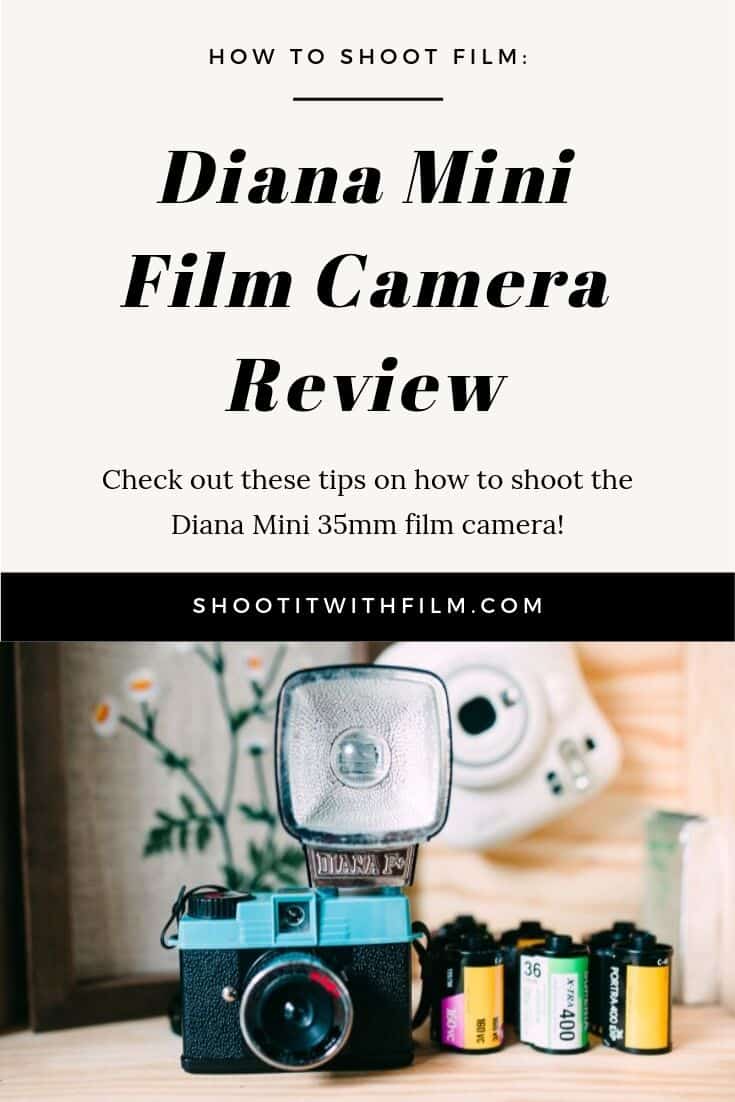
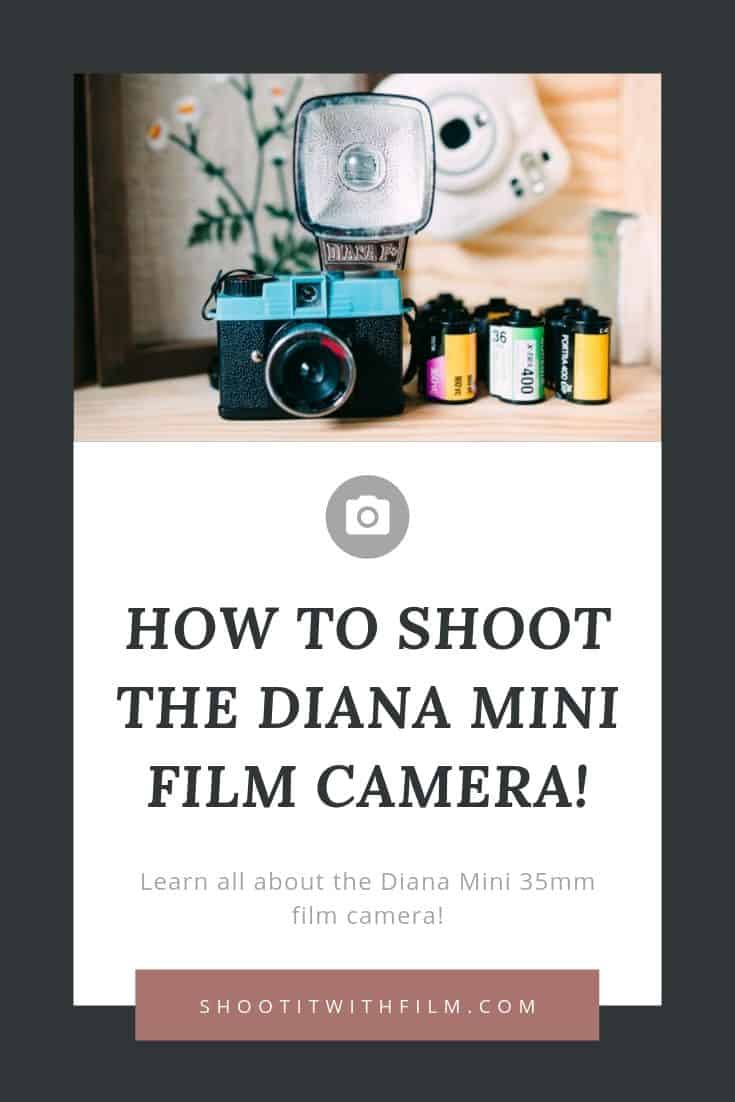

My History with the Diana Mini
The Diana Mini has a special place in my heart because it was my re-introduction to film.
Being a ‘90s high schooler meant I had the privilege of taking photo classes in the heyday of film, spending time in the darkroom, and learning how to operate an SLR just before the rise of the DSLR. In 2009, just after fully embracing my DSLR and finally tossing my expired film, my husband, a youth pastor at the time, and I made our way into the Urban Outfitters in Ventura and stumbled upon their film section, filled with Dianas, Holgas, and all sorts of Lomo film. Film already felt like a long ago relic, and we knew the teens would get a kick out of film shots of them at youth group and camps. We picked up a Diana Mini as opposed to the Diana F+ or Holga for the ease of purchasing and developing 35mm.
The Mini reignited my love for film, and it was my gateway to an eventual plunge into shooting film exclusively. I have since collected more film cameras than I can count, but the Mini remains one of my standbys. I love how I don’t have to think, I just shoot. Shooting double exposures is incredibly easy, the flash gives images a nostalgic feel, and the overlapping frames cannot be duplicated by any other camera I own.

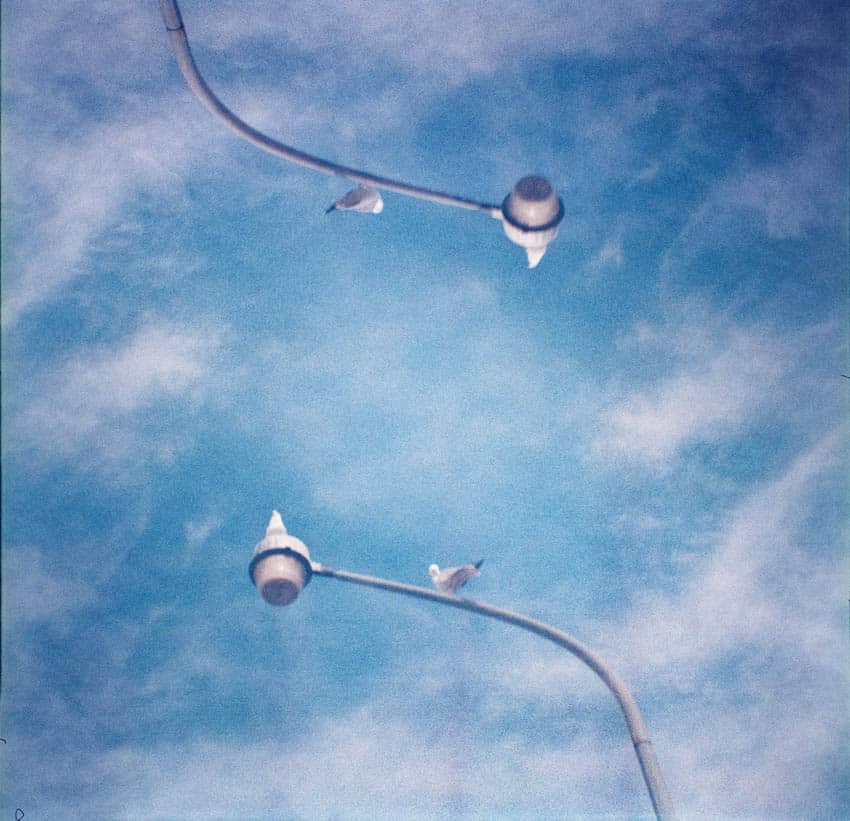
Functions of the Diana Mini
The Diana Mini is exactly what its name suggests, a tiny camera that takes 35mm film.
Like its big sister, the Diana F, it shoots square images, but it also has the ability to do half frames; similar to a camera like the Olympus Pen. But unlike the Pen, you can shoot away without limitation of having to fully wind between each frame. This makes it easy to shoot double exposures. It also means you can partially wind from one frame to the next and shoot another photo, which creates overlapping stories.
You can also switch between these formats in the middle of rolls. With all the frame switching and overlapping frames, your scan tech is going to hate you. I scan my own film, and I can tell you that scanning Diana Mini frames takes far longer. I spend forever selecting the stories I want to tell, often scanning a certain frame with the one to its left AND right.

Settings
The Diana Mini is a pretty simple point-and-shoot because you only get three choices when shooting:
- Normal or bulb. Normal just means the shutter will shoot at 1/60th of a second. If bulb is selected, the shutter will stay open as long as the release is depressed.
- The focal distance, which can be set at 0.6m and further.
- The aperture, which can either be f/8 or f/11.
Because of these limited controls, I tend to shoot film that is ISO 400 for a little latitude, such as Kodak Ultramax 400 or Superia XTRA 400.

Issues with Using a Plastic Camera
The downfall of the Diana Mini is also its most endearing feature, which is, of course, the fact that it’s plastic. The plastic lens creates vignetting and a dreamy, blurred quality. So if you’re into tack-sharp pixel-peeping, this camera is most definitely not for you.
The plastic dials and parts also have a tendency to break, which is my I am currently on my THIRD copy (see? I’m a glutton for punishment!)


The dials also get stuck. I’ve wound rolls early because I thought I was done shooting the roll, but it was just that the film advance dial was stuck. If the film advance dial is stuck, and I know I’m not at the end of the roll, I will place my hand over the lens to block out light and depress the shutter to try to loosen the film back up. I do this regularly because it seems to jam about every other frame.
If you love the quirks of plastic cameras, you can also check more Shoot It With Film articles about toy cameras here!
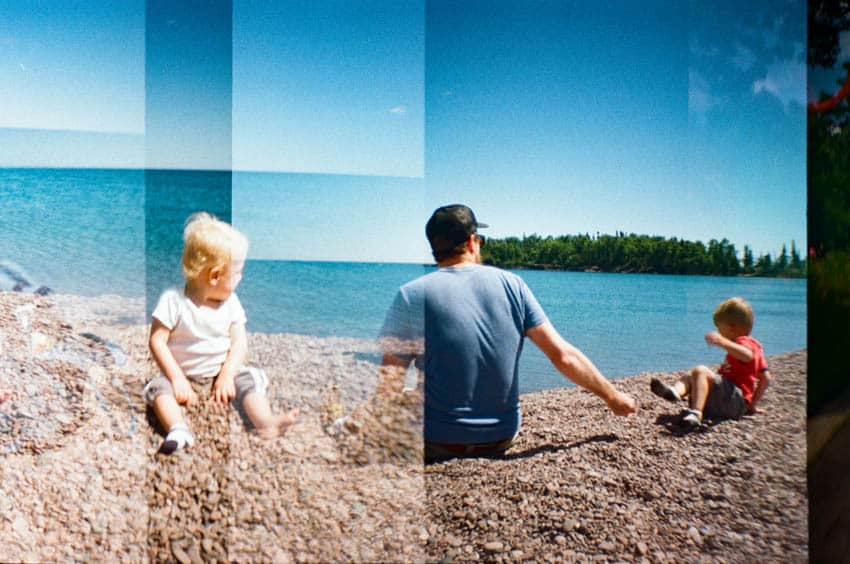
Shooting Overlapping Frames
I would say my very favorite reason I shoot my Diana Mini is for the overlapping frames. It gives me the ability to tell an entire story in a single rectangle.
I stumbled upon my love for overlapping frames very serendipitously when the dial was jamming. I thought I was winding fully from one frame to the next. I got the roll of film back and fell in LOVE with the shots that overlapped and far preferred them to the perfectly aligned, single shots.
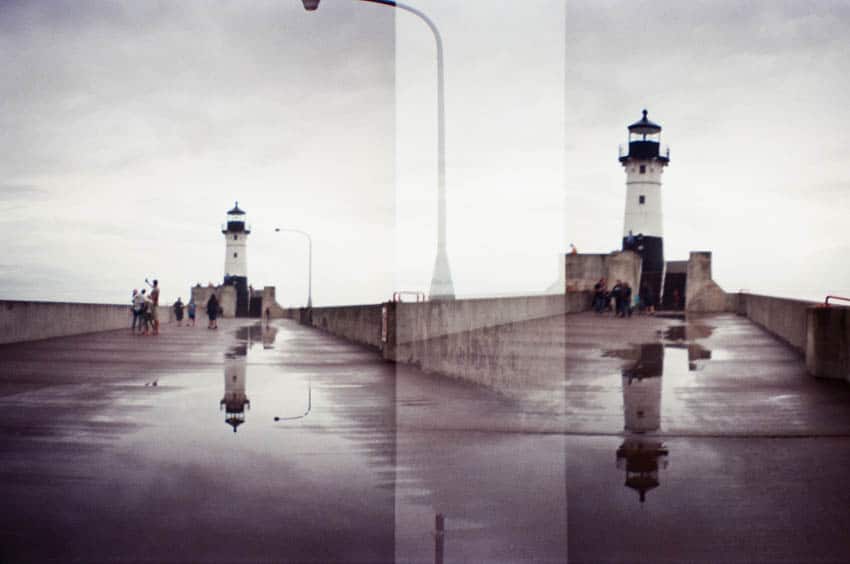
My word of advice when purposefully shooting overlapping frames is to make sure the lighting is similar from one shot to the next. If you take a shot in full sun and then overlap it with a shot in the shade, the balance between the lighting will be off and the scanner can only figure out some sort of middle compromise. When this does happen, I take a localized brush in Lightroom and try to lighten or darken areas as needed, but this is far less preferable than just choosing to overlap similarly lit frames.

So run out and get yourself a Diana Mini. Shoot away! Play around! Experiment! Feel free! And be sure to show me what you create.
Thank you so much, Amy! Amy is a regular contributor here at Shoot It With Film, and you can check out her other articles here, including tutorials on how to develop film at home and how to create light leaks!
To see more of Amy’s work, be sure to visit her on her website and Instagram! Amy also shares tips and tutorials for shooting film over on her IGTV channel. Go check it out!
Leave your questions about the Diana Mini below in the comments, and you can pick one up for yourself on Amazon here!
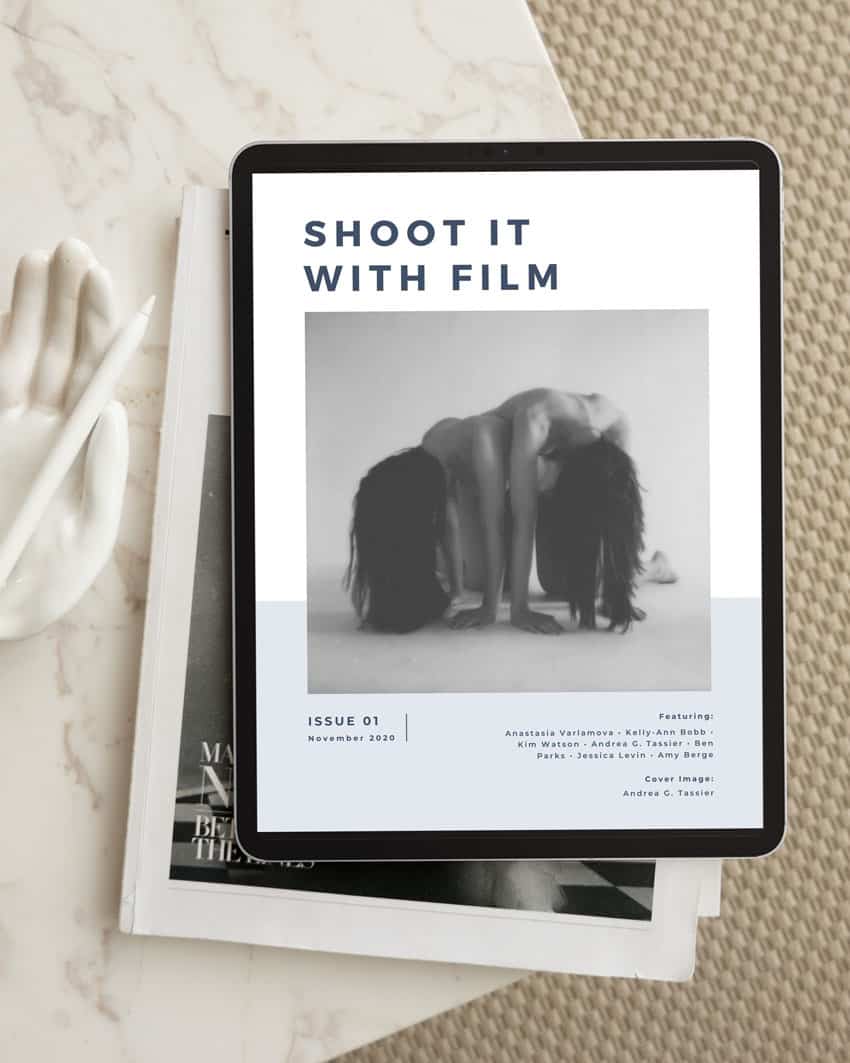




Blog Comments
Stefan Grage
February 15, 2021 at 5:18 am
Great review – You just convinced me to go buy a Diana Mini for myself:0)
Amy Berge
February 16, 2021 at 2:41 pm
Fantastic! This is like the best compliment. You’re going to LOVE it!!!!